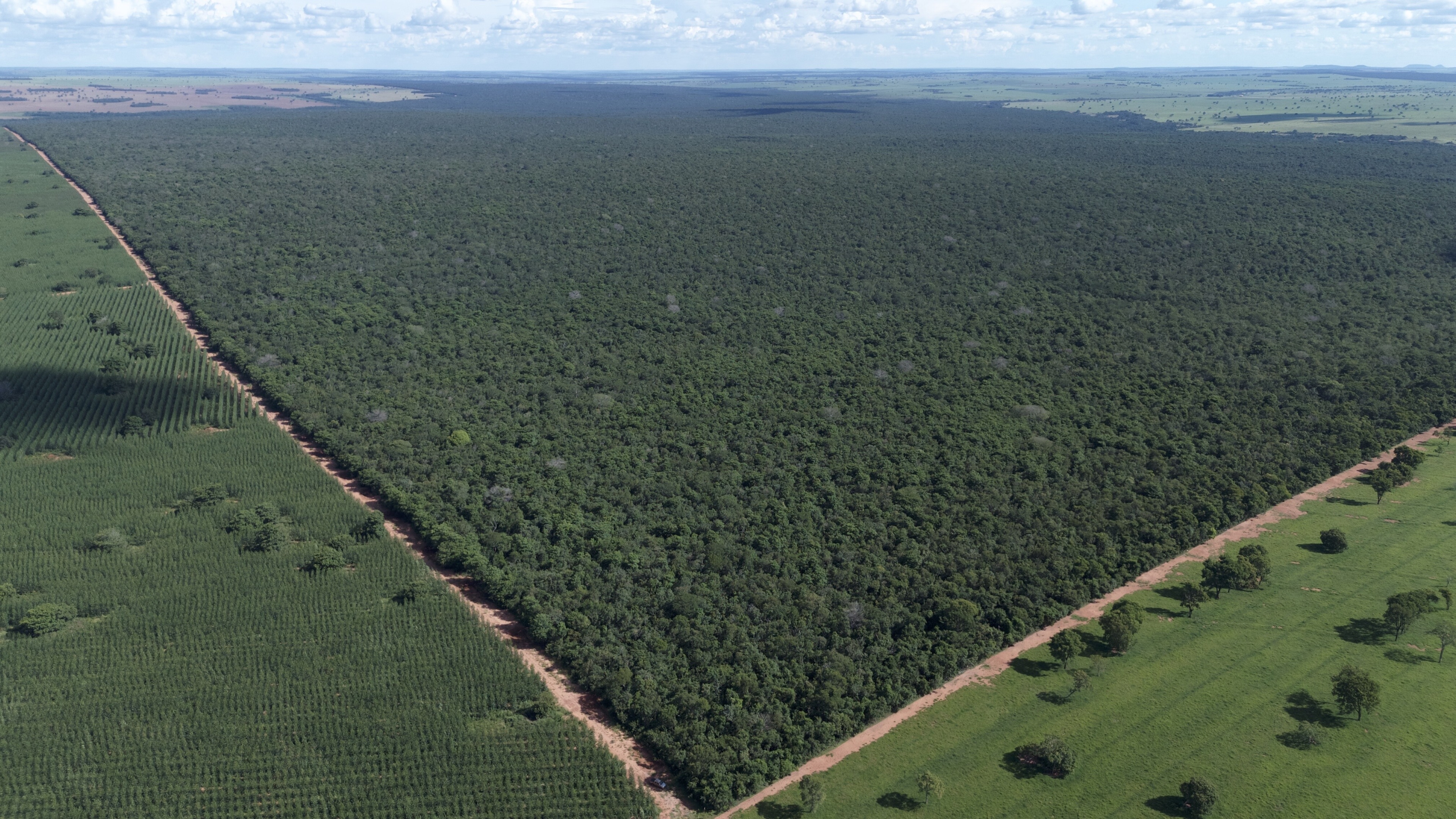These species are thriving again in Europe

Red kites have been reintroduced in England. Image: REUTERS/Arnd Wiegmann

Get involved with our crowdsourced digital platform to deliver impact at scale
Stay up to date:
Future of the Environment
- This article was updated on June 30, 2021.
- The 1000th dormouse bred in captivity has been reintroduced into the wild in a UK reintroduction scheme.
- Red kites are a common sight across much of southern England after reintroduction began 30 years ago.
- Wolves are finding new homes throughout Europe.
- Bison were only found in Europe’s zoos but now they’re being reintroduced in rewilding projects.
All too often, stories about conservation efforts can leave us feeling pessimistic.
The collapse of ecosystems and reductions in biodiversity are among the top five threats facing the planet in the World Economic Forum’s 2020 Global Risks Report and the number of threatened species around the world is rising.
There are still, however, some reasons to be cheerful – if not overly optimistic.
Return of the dormouse
A successful reintroduction programme in the UK has seen 1,000 dormice released into the wild. The population of these woodland creatures has dropped by half in the past 20 years, and they are listed as ‘Vulnerable’ to extinction on the IUCN Red List of Threatened Species.
The rate of decline is said to be slowing, according to the latest People's Trust for Endangered Species (PTES) report, but much more needs to be done to ensure the dormouse continues to breed in the wild.
Conservationist Ian White, from the PTES, told the BBC a decline in woodland and hedgerow management was threatening the species:
"Dormice live in the shrub layer of woodland, and in many areas that layer has been stripped out, or the forest has been left to grow up and shade out the understory."
Here are four more conservation success stories that show how a concerted effort to protect wildlife populations can deliver results.
1. Red kites
Eight-lanes wide, with a circumference of 188km, London’s orbital motorway, the M25, is an unpromising habitat for wildlife. But drivers traversing its north-western edge may have noticed large, majestic birds with distinctive forked tails, spiralling effortlessly in the skies above them.

The red kite was once a common sight across the UK. But populations collapsed in the wake of the industrial revolution to the point where it was listed as an endangered species in the 1980s.
Now, they are booming in numbers. Particularly in the southern English counties of Berkshire and Buckinghamshire, where a reintroduction programme was started in the summer of 1990.
Initially, just 13 kites - which had been brought over from Spain - were released. More were released soon after. The red kite population in the UK is now thought to number around 4,600 breeding pairs.
2. European bison
The animal is more typically associated with images of the wide-open plains of North America. But they were once a regular feature in Europe, too. At least until the last wild European bison was shot and killed in 1927. The only bison left in Europe were in zoos and parks. But in the 1950s, a series of initiatives began to reintroduce Europe’s largest wild land mammals into their former habitats.
Lowland Europe’s last remaining primaeval forest, the Białowieża Forest, is home to around 1,000 wild bison. Germany, Switzerland, Poland, Lithuania and Belarus now all boast wild populations.
Białowieża was also the site at which rewilding efforts began, when Polish conservationists released the first European bison back into the forest in 1954. The 54 bison left in zoos, all descended from just 12 animals, formed the basis of the successful reintroduction.
3. Wolves
Dogs may be one of the world’s most popular pets, but their common ancestor the wolf is rarely a welcome visitor. The subject of fear and darkness in many children’s tales, wolves were hunted across many centuries and were almost driven to extinction across much of Europe by the middle of the last century.

Now, they are an increasingly common sight in Austria, France, Germany, Italy, Switzerland, and throughout many parts of central and eastern Europe, extending into Ukraine and Russia. This is due to two main factors – a ban on wolf-hunting in most of the European Union, and the preservation of natural habitats that support many wild animals, including wolves.
However, not everyone is happy about this. Wolves tend to feed on livestock, which brings them into conflict with farmers in particular.
4. Beavers
The reintroduction of beavers into the English countryside may have been less controversial than the support wolves have received in parts of Europe, but it hasn’t been universally popular either.
In 2013, video footage appeared on social media showing beavers inhabiting a stretch of the River Otter near the village of Ottery St Mary, in southern England. There was no official explanation for how they got there and there were calls to have them removed.
But following a five-year study of their effect on the local environment, 15 families of beavers have been given the right to remain. Meanwhile, beavers in Scotland have been hunted sparking concerns that the population may dwindle.
Don't miss any update on this topic
Create a free account and access your personalized content collection with our latest publications and analyses.
License and Republishing
World Economic Forum articles may be republished in accordance with the Creative Commons Attribution-NonCommercial-NoDerivatives 4.0 International Public License, and in accordance with our Terms of Use.
The views expressed in this article are those of the author alone and not the World Economic Forum.
Related topics:
The Agenda Weekly
A weekly update of the most important issues driving the global agenda
You can unsubscribe at any time using the link in our emails. For more details, review our privacy policy.
More on Nature and BiodiversitySee all
Dan Lambe
April 24, 2024
Roman Vakulchuk
April 24, 2024
Charlotte Kaiser
April 23, 2024
Jennifer Holmgren
April 23, 2024
Agustin Rosello, Anali Bustos, Fernando Morales de Rueda, Jennifer Hong and Paula Sarigumba
April 23, 2024
Carlos Correa
April 22, 2024









